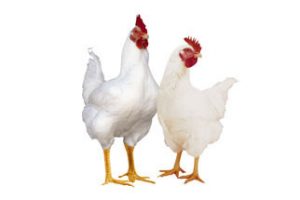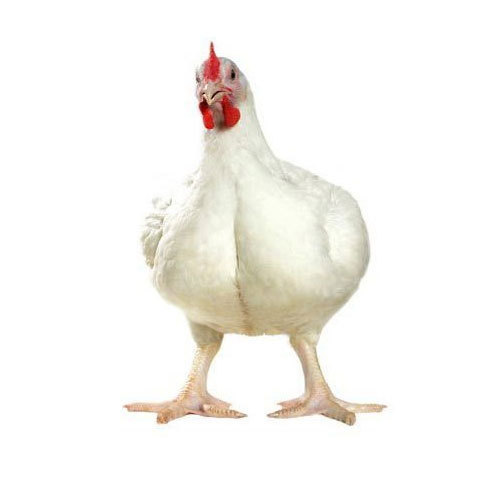
What you should know about Biosecurity for Broiler Breeder Production Part 1
Biosecurity is a common sense approach to reducing the chance of infectious agents from coming into contact with the breeders. Obviously, therefore, the degree of biosecurity needed is influenced by the potential for disease challenge in each production region. A biosecurity program is intended to limit the potential routes of infection to the breeder flock, and in order of importance, these are: other poultry, other animals, people, farm equipment and vehicles. However it must be realized that even with the most extensive biosecurity system, there is never any absolute guarantee that breeders will not become infected. Different degrees of biosecurity will on average give varying degrees of protection for the breeder flocks. The major points to consider in developing biosecurity programs are:
1. Isolation: If breeder farms are truly isolated from other poultry, then the risk of infection is dramatically reduced. It has been suggested that a 5 km barrier between farms reduces potential for cross-infection by at least 50%. Achieving such isolation today is becoming more difficult, and there is a need to balance the isolation of a breeder site against the cost of transporting feed and eggs, and the supply of labor.
 Learn More
Learn MoreREAD ALSO: Great opportunities for youth in Oyo State. Apply fast!
2. All-in, All-out: This system implies only one age of breeder on site, and that the site is populated at one single time. Multi-age breeder farms that are never completely depopulated will always carry a major disease threat. Less obvious sometimes is the potential problem of introducing roosters from other farms for spiking, even though hens are considered to be all-in, all-out.
People: Differences in how staff and visitors are challenged upon entering the breeder farm is often the most noticeable difference in biosecurity programs. The most stringent systems involve shower-in, and shower-out, where staff and visitors have no other entry to the farm other than through the shower system – this implies security fences. Such biosecurity usually implies that staff cannot own poultry of their own and visitors must not have traveled to other farms 24 hrs prior to entry. Coupled with this system are footbaths at point of entry into each breeder house, and hand washing facilities immediately inside each house. The next level of biosecurity involves merely requesting staff and visitors to use coveralls and boots supplied by the farm.
READ ALSO: Have you applied for this Agricultural grant? It closes soon!
4. Other animals: It is difficult to maintain good health status in breeders, if wild birds and rodents have easy access inside the buildings. Wild birds are especially problematic, because potentially they can carry the same infectious organisms as do the breeders. Apart from the obvious advantages of a stringent rodent control program, it is now also known that rats and especially mice can be major vectors of salmonella.
Please note!















